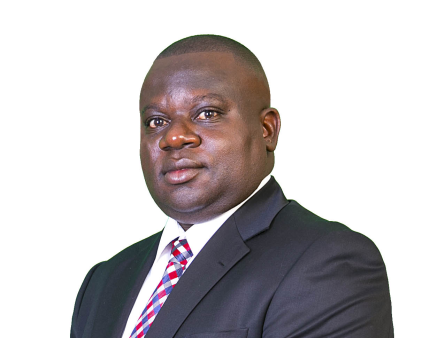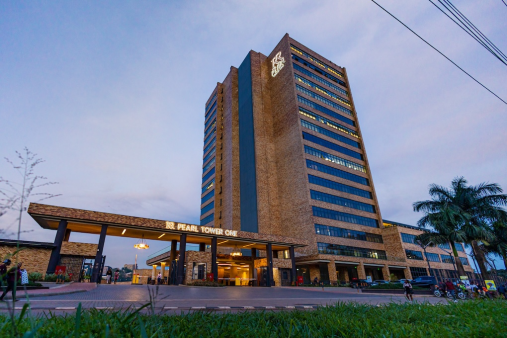2024 will be a defining year for Uganda’s oil sector with several investment deals to be inked as the oil project nears its first oil in 2025.
Noteworthy is that since the landmark discovery of oil in Uganda’s Albertine Graben in 2006, the oil sector has had a significant cumulative investment of USD 8.6 billion (UGX 33 trillion) creating over 13,000 jobs, and a cumulative investment of USD 20 investment expected in the next coming years.
However, the future of Uganda’s sector has faced a resilience test amidst talks from the 28th UN Climate Change Conference (COP28) that was held in Dubai between November and December 2023.
The conference brought forth critical discussions proposing a gradual transition from oil resources to much cleaner energy sources which pose a threat to the commercial viability of the oil project.
Uganda’s Energy Minister, Ruth Nankabirwa says, this transition period extends well beyond Uganda’s planned oil and gas boom, and therefore, oil remains an invaluable and transformative national asset.
Nankabirwa stresses that the COP28 discussions emphasized a ‘last in, last out’ approach to reducing hydrocarbon production.
“Having benefited for decades, established oil-producing nations are better positioned to reduce their output first,” Nankabirwa says, noting that, as a late entrant, Uganda and other developing nations are entitled to develop their resources and attain the same advantages enjoyed by longer-established oil producers.
Exploration phase
Uganda’s desire to increase her oil reserves and produce oil beyond 25 years is taking shape with preparations for the launch of the 3rd licensing round expected to kick off in June.
In an update, Irene Batebe, the Ministry of Energy Permanent Secretary says that, cabinet is set to approve the environmental, and social impact assessment for the areas that we will open up as new exploration areas.
Currently, Oranto Petroleum and Armour Energy have held exploration licenses since 2017 after the first licensing round and continue with seismic data acquisition and interpretation activities, aiming for exploration drilling in 2024.
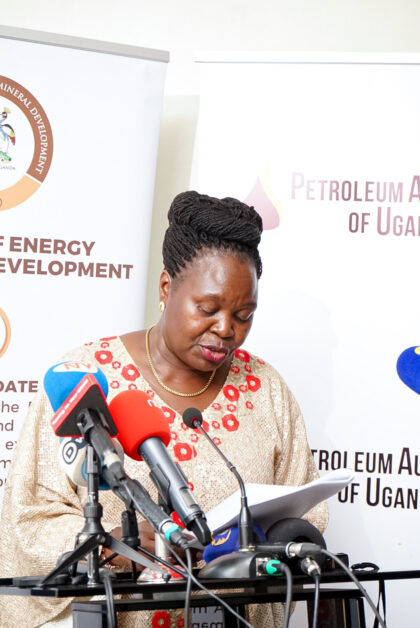
In February 2023 and May 2023, additional exploration licenses were granted after a successful second licensing round, to Uganda National Oil Company and DGR Energy Turaco Uganda SMC Limited over the Kasuruban and Turaco contract areas, respectively.
The companies are already undertaking studies in preparation for seismic surveys and well drilling.
Key on the Energy Ministry calendar is the Karamoja sub-region that has exciting oil discovery prospects with initial findings suggesting potential for commercial oil and gas in Moroto-Kadam basin.
Similar plans are being initiated to take studies in the Kyoga and Hoima basins soon.
Project investment
Uganda is currently advancing four major oil and gas projects: the Tilenga and Kingfisher projects in the Upstream valued at USD 6-8 billion; the East African Crude Oil Pipeline (EACOP) now at USD 5 billion, and the Uganda Refinery valued at USD 4 billion) projects in the midstream.
The Tilenga Project operated by French giant Total Energies EP Uganda has so far undertaken drilling of 25 oil wells since June last year out of the 426 wells across 31 well pads, utilising three China-made ZPEB-operated rigs.
It is the largest project holding licenses in partnership with other joint venture partners and spans seven petroleum production licenses in the Buliisa and Nwoya districts.
At the heart of this project is the Industrial Area which will host a central processing facility (CPF) capable of handling 190,000 barrels alongside drilling support bases and accommodation camps.
Over 85 per cent of the industrial area has been assigned to Tier 1 contractors such as Schlumberger, China Oil Services Limited Uganda (COSL), Zhongyuan Petroleum Exploration Bureau (ZPEB), Vallourec, and McDermott and China Petroleum & Chemical Corporation (SINOPEC), who are actively working on various aspects of the project.
Current data shows ongoing construction of the central processing facility in Buliisa District includes foundational work for pipe racks, site clearance for horizontal directional drilling (HDD), and flowline construction within Murchison Falls National Park.
The detailed engineering design of the central processing facility by McDermott and SINOPEC in London is now 80% complete, surpassing the initial 76% target, with completion expected by July 2024.
The Tilenga project has so far achieved 98% land acquisition with most of the project-affected persons involved being fully compensated, except for the 2% who chose to refuse the compensation packages.
Kingfisher Development Area Project
Located on the shores of Lake Albert in Kikuube District, and operated by China National Offshore Oil Company Uganda.
The project has so far achieved the drilling of 11 oil wells out of the 31 oil wells since January last year, and its development plan also features a central processing facility with a 40,000-barrel processing capacity.
Unlike the Tilenga project, the Kingfisher central processing facility design and procurement are being managed in China.
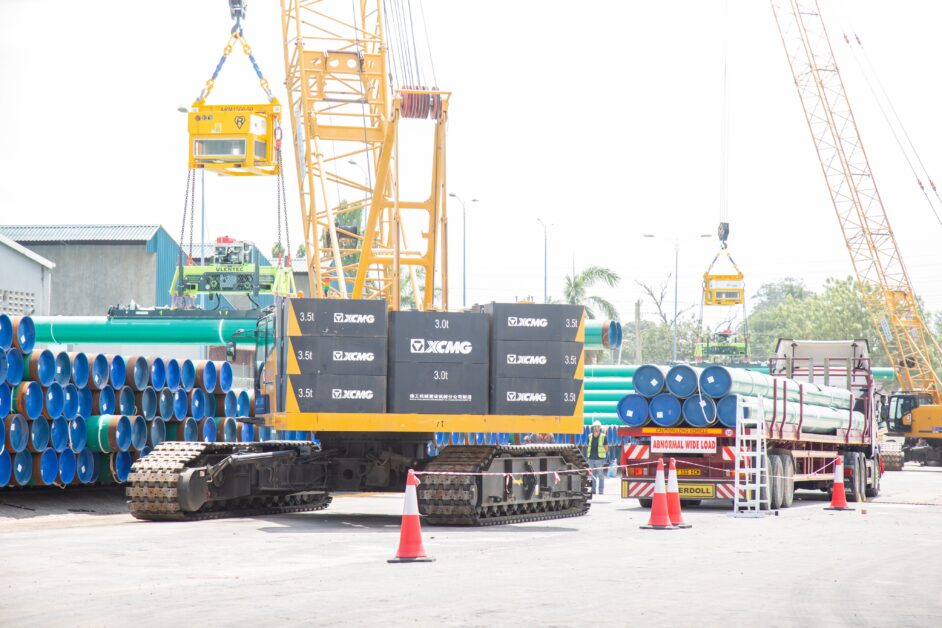
The China Offshore Oil Engineering Company (COOEC) and China Petroleum Engineering and Construction Corporation (CPECC) are the main contractors for the facility.
Crude oil produced at Kingfisher will be transported through feeder pipelines which are under construction with notable progress of 21% against planned progress of 17% as of December 2023.
Midstream
The 1,443-kilometre East African Crude Oil Pipeline is Uganda’s major midstream project with early civil works already underway in Tanzania.
Following the issuance of a construction license last year, EACOP company has issued contracts for construction and line pipes with Nyanza Roads Ltd and JV Spec handing over main camps and piping yards to the China Petroleum Pipeline Engineering Company (CPP) for pipeline construction.
The EACOP project spans approximately 2,740 acres in Uganda, affecting 3,660 individuals, with 177 requiring resettlement housing. So far, all resettlement houses have been constructed and handed over.
At least 95% of the affected persons have signed compensation agreements, with 91% of these compensations completed. The remaining payments are ongoing.
However, the project still faces a backlog of 116 cases which are still under consideration for compulsory land acquisition due to reasons such as untraceable individuals, landowner disputes, and refusal of compensation offers.
EACOP financing requires USD 3 billion (UGX 11 trillion) in debt mobilisation with Chinese banks such as the China Export-Import Bank considered to be among the likely financiers of the project.
Peter Muliisa, the Uganda National Oil Company Legal and Corporate Affairs Director says debt mobilisation for EACOP has gone on well as joint venture partners continue to inject their equity, with the USD 3 billion debt expected to be secured in April 2024 against the target of June 2024.
It’s now the most lucrative project in terms of upcoming contracts considering that it will require heavy civil, mechanical and logistical work with several local companies expected to be sub-contracted.
Ms Batebe says, that as the EACOP project kicks off, the Ministry will be very keen on aspects of national content to have more Ugandans participate including contracts and employment.
“The EACOP continues to hire welders for the pipeline, but remember there are requirements for this, the welders must be accredited, and Uganda Petroleum Institute Kigumba gives some of these accreditations,” she says.
Uganda ring-fenced at least 16 categories and services in the oil sector and some of these services such as supply of foodstuffs will be required in the construction camps which will host the workers.
The Uganda Refinery Project
Uganda has secured a new private shareholding partner – Alpha MBM Investments LLC from the United Arab Emirates expected to acquire a 60 per cent stake in the oil refinery project.
Negotiations of the key commercial agreements between the government and Alpha MBM Investments LLC commenced on January 16th 2024 and are expected to be concluded within three months.
Uganda’s oil refinery ambitions hit a dead end in June, 2023 after the Project Framework Agreement with the Albertine Graben Energy Consortium expired and was not renewed.
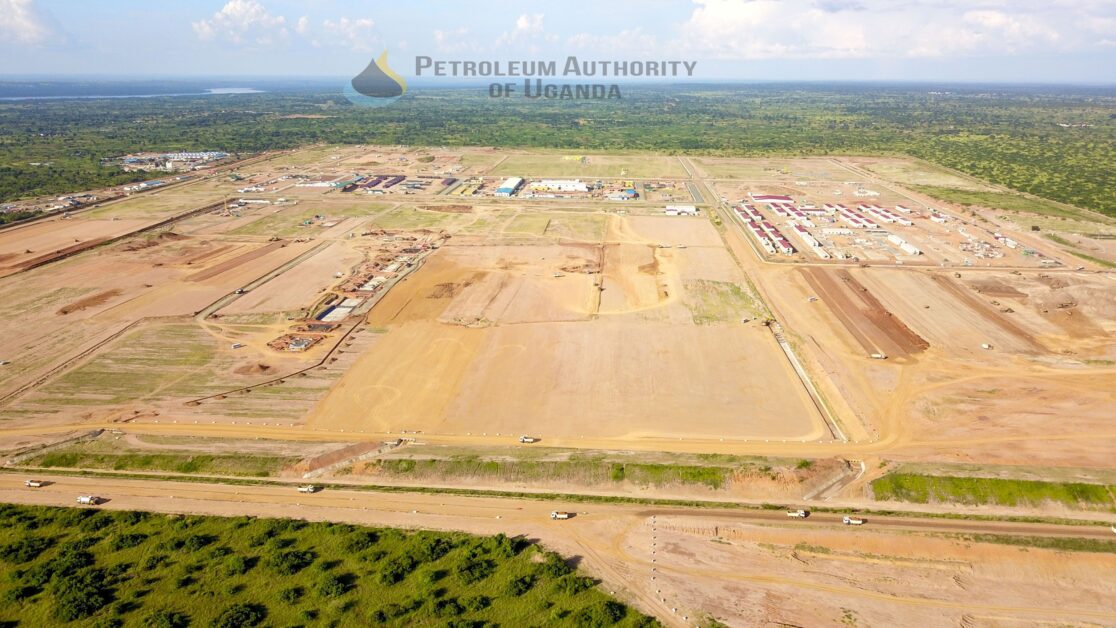
Nankabirwa says, initially, the original arrangement was to put the project on the capital markets so that an anchor investor would buy into it.
However, the idea was dropped with reasoning that funding a project dealing in fossil fuels remains tricky in a period where fossil fuels are being de-campaigned.
“We have made noise that we still need these projects, banks that had pulled out from financing such projects have started to come back again because countries like Uganda have spoken,” she notes.
Downstream
Uganda has for long predominantly imported its petroleum, with over 90% being through Mombasa, supplemented by imports via Dar-es-Salaam port.
This market-driven approach has allowed supply and demand to dictate pump prices naturally.
In 2023, Uganda’s petroleum consumption reached a staggering 2.5 billion litres, incurring a USD 2 billion (UGX 8 trillion) expense. Despite the 7% annual growth in demand, the sector has maintained a well-supplied and competitively-priced market.
Uganda National Oil Company was set to commence the sole importation of petroleum products in January 2024.
However, due a court suit challenging UNOC’s application for a license to transport fuel products in Kenya, this was not achieved.
The government escalated the dispute to the East Africa Court of Justice (EACJ) where a ruling is expected to be made.
The final ruling of the court case in Machakos, Kenya was expected to be made on 22nd January 2024 but was later deferred to 12th February 2024.
The outcomes of the ruling from the two courts are expected to determine whether UNOC will, or not take the sole importation of petroleum products from oil marketing companies.
Employment
Data from the Petroleum Authority show Total Energies and CNOOC employed 849 persons of which 71% (603) were Ugandans while contractors employed 12,074 of which 95% (11,470) were Ugandans.
Goods and Services
So far, since the signing of the final investment decision USD 7.14 billion (UGX 26 trillion) has been approved in terms of investments of which USD 1.9 billion (UGX 7.2 trillion) (27%) was committed to Ugandan companies during the development phase.
This is approaching the country’s target of national content at 40% for this phase of development.
Approximately USD 11 million (UGX 42 billion) has gone to the community economy through the provision of goods and services.
Capacity and Enterprise Development
Over 4,000 Ugandans have been trained in aspects of oil and gas and were internationally accredited and certified in various disciplines, such as, welding, Health and Safety, Scaffolding, heavy goods vehicles, etc.
5,000 Small and Medium Enterprises have been trained in key oil and gas business requirements and 137 women and youth trained through the empowerment project in the districts where traverses.

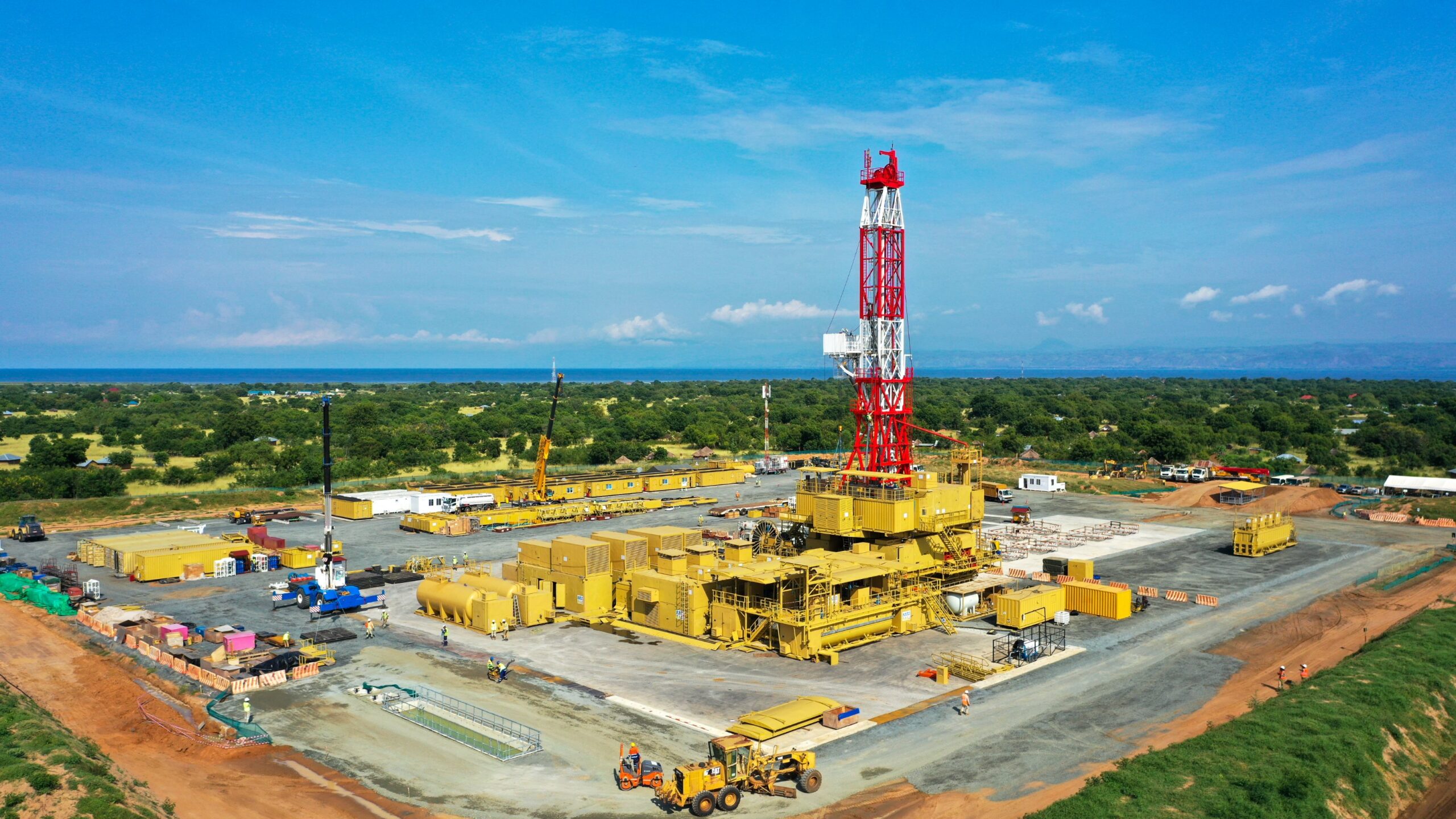
 Absa, ENS Africa, A&O Shearman and Nomura Advise Asahi Holdings on USD 2.3bn Acquisition of 65% Stake in EABL
Absa, ENS Africa, A&O Shearman and Nomura Advise Asahi Holdings on USD 2.3bn Acquisition of 65% Stake in EABL